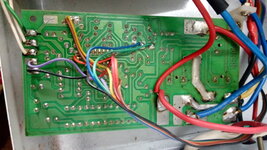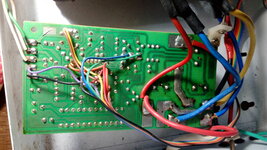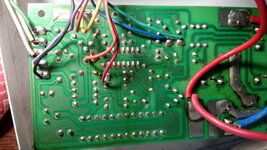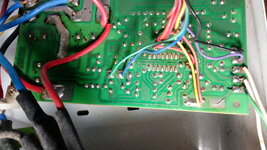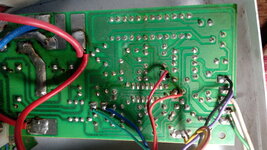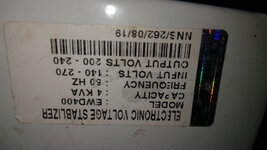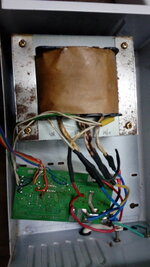antonio rosario
Newbie level 5
Hi,
when input voltage is high, output voltage of the stabilizer also high.
I am a beginner in electronics.
Buck is not working in AC stabilizer. Find no physical damage on the PCB. relay contacts working fine. tried checking diodes and transistor for relay to on off, all are with multimeter.
There is no low high cut preset in this PCB, only one preset is there for LM324n to run properly.
Kindly find the pictures for your reference.
[Edit]Link to external server deleted, please attach pictures directly.


when input voltage is high, output voltage of the stabilizer also high.
I am a beginner in electronics.
Buck is not working in AC stabilizer. Find no physical damage on the PCB. relay contacts working fine. tried checking diodes and transistor for relay to on off, all are with multimeter.
There is no low high cut preset in this PCB, only one preset is there for LM324n to run properly.
Kindly find the pictures for your reference.
[Edit]Link to external server deleted, please attach pictures directly.
Last edited by a moderator:

